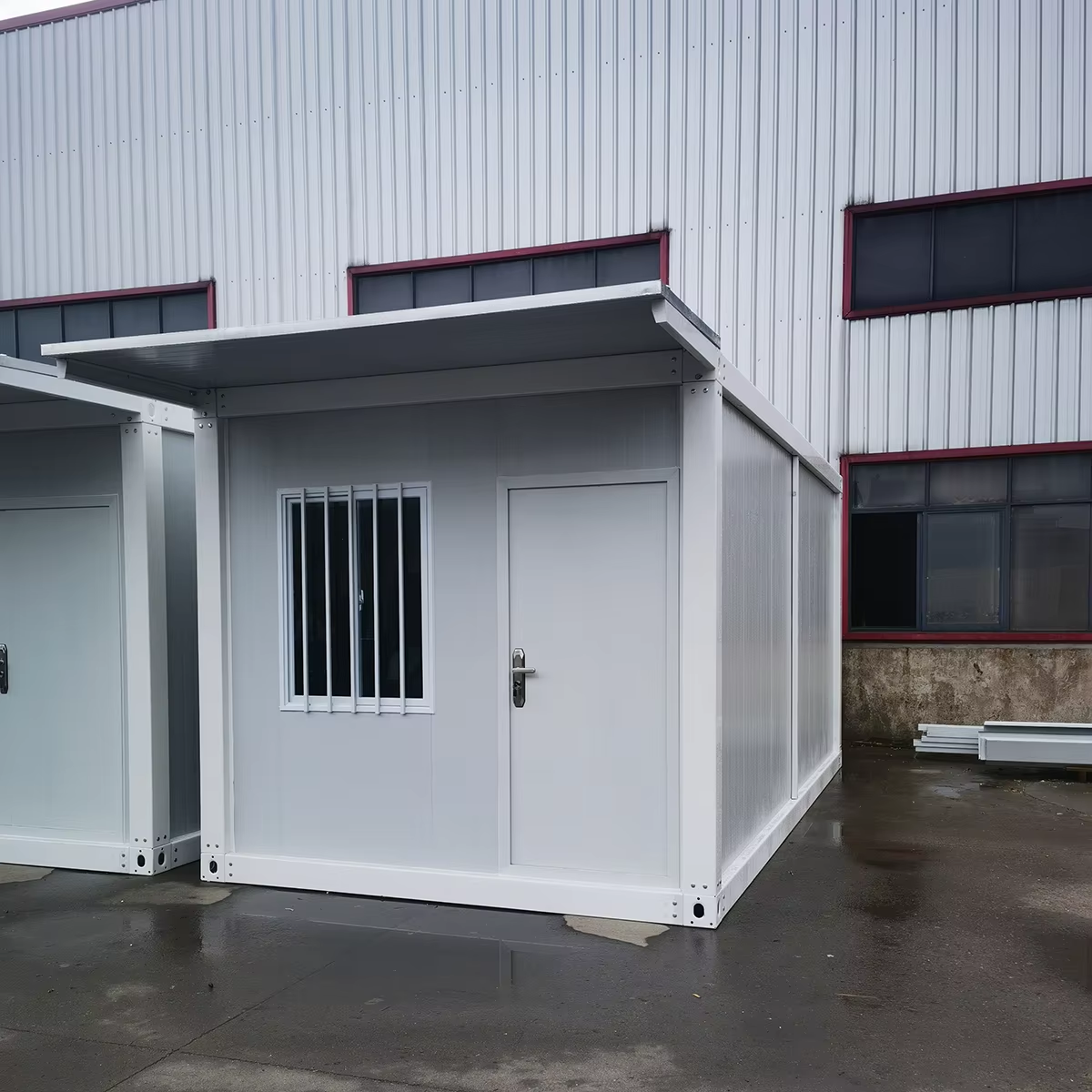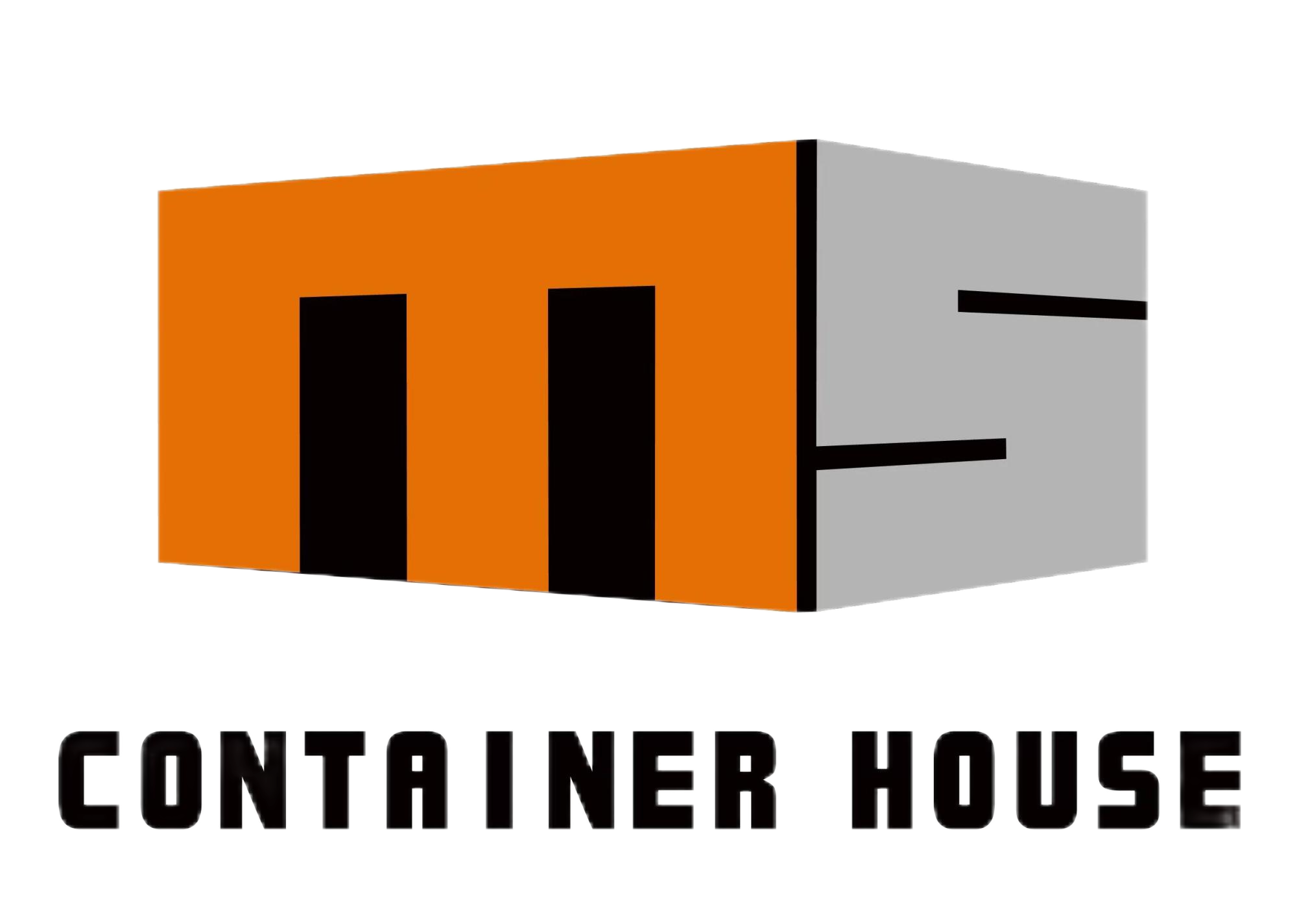The Evolution of Modern Home Construction Technology
The construction industry has witnessed a remarkable transformation with the rise of modular houses, revolutionizing how we think about building homes. These innovative structures represent the perfect fusion of architectural excellence, engineering precision, and manufacturing efficiency. As traditional construction methods face increasing challenges with labor shortages and rising costs, modular houses emerge as a sophisticated solution that delivers both quality and value.
The concept of modular construction has evolved far beyond its humble beginnings. Today's modular houses showcase architectural diversity, structural integrity, and customization options that rival or exceed their site-built counterparts. They embody the future of residential construction, where precision manufacturing meets personalized design, creating homes that are both efficient to build and delightful to live in.
Understanding the Modular Construction Process
Factory-Based Manufacturing Excellence
At the heart of modular houses lies a sophisticated manufacturing process that takes place in controlled factory environments. Unlike traditional construction sites exposed to weather elements, these climate-controlled facilities ensure optimal conditions for building each module. Advanced machinery, skilled craftsmen, and rigorous quality control measures work in harmony to create house sections that meet exact specifications.
The factory setting allows for precise material cutting, assembly, and finishing work. Each component undergoes thorough inspection before moving to the next production phase, ensuring consistency and structural integrity that often surpasses conventional building methods. This controlled environment also minimizes material waste and reduces the environmental impact of construction.
Site Preparation and Assembly
While modules are being manufactured, simultaneous site preparation occurs, including foundation work and utility connections. This parallel processing significantly reduces overall construction time. When modules arrive at the building site, specialized crews using heavy equipment precisely position and connect them according to detailed assembly plans.
The final assembly phase includes connecting utilities, joining modules seamlessly, and completing exterior and interior finishes. This efficient process often results in a move-in ready home in about half the time required for traditional construction, while maintaining exceptional quality standards.
Benefits of Choosing Modular Construction
Time and Cost Efficiency
One of the most compelling advantages of modular houses is the significant reduction in construction time. The controlled factory environment allows for continuous production regardless of weather conditions, while parallel site work maximizes efficiency. This streamlined process typically results in 30-50% faster completion times compared to traditional building methods.
Cost savings emerge from various aspects of modular construction. The efficient use of materials, reduced labor hours, and shorter construction financing periods all contribute to a more economical building process. These savings often translate into better value for homeowners without compromising on quality.
Quality Control and Consistency
Modular houses benefit from stringent quality control measures that are difficult to replicate in traditional on-site construction. Each module undergoes multiple inspections throughout the manufacturing process, ensuring compliance with building codes and quality standards. The controlled environment eliminates many variables that can affect construction quality, such as weather exposure and material degradation.
The use of precision equipment and standardized processes results in consistent, high-quality outputs. From structural components to finishing details, every aspect of construction maintains uniform excellence, creating homes that are built to last.

Customization and Design Flexibility
Architectural Options and Styling
Modern modular houses offer extensive design flexibility, breaking free from the box-like limitations of the past. Architects and designers can create varied floor plans, incorporate unique architectural elements, and specify custom finishes to match any style preference. From contemporary minimalist designs to traditional craftsman homes, the possibilities are virtually limitless.
Advanced manufacturing capabilities allow for the incorporation of complex architectural features, including vaulted ceilings, large open spaces, and dramatic window walls. These design elements can be precisely executed in the factory setting, ensuring both aesthetic appeal and structural integrity.
Interior Customization
The interior of modular houses can be highly customized to meet specific client preferences. From layout configurations to finish selections, homeowners can personalize every aspect of their living space. High-end materials, smart home technology, and energy-efficient systems can all be seamlessly integrated during the manufacturing process.
Factory construction allows for precise installation of custom cabinetry, flooring, and fixtures, ensuring superior fit and finish. This attention to detail creates interiors that are both beautiful and functional, tailored to each homeowner's unique lifestyle needs.
Sustainability and Energy Efficiency
Environmental Benefits
Modular houses contribute significantly to sustainable construction practices. The factory-based process minimizes waste through precise material ordering and cutting, while enabling effective recycling programs. Reduced site disturbance and shorter construction periods also decrease the environmental impact of building activities.
The controlled manufacturing environment allows for optimal installation of insulation and air sealing, creating more energy-efficient buildings. These homes often exceed standard energy code requirements, resulting in lower operational costs and reduced carbon footprints.
Long-term Performance
The durability and performance of modular houses contribute to their long-term sustainability. Quality materials and precise construction techniques result in buildings that maintain their integrity and efficiency over time. Regular maintenance requirements are similar to or less than traditional homes, ensuring lasting value for homeowners.
Advanced building systems and materials used in modular construction often provide superior resistance to environmental stresses, from severe weather to seismic activity. This resilience translates into homes that protect both their occupants and their investment value.
Frequently Asked Questions
How do modular houses compare to traditional homes in terms of durability?
Modular houses are built to meet or exceed the same building codes and structural requirements as traditional homes. In fact, they often prove more durable due to the additional structural requirements needed for transportation and crane lifting during assembly. The controlled factory environment also ensures proper curing of materials and precise assembly of components.
Can modular houses be customized to specific architectural styles?
Modern modular construction offers extensive customization options, allowing homes to be designed in virtually any architectural style. From contemporary to traditional designs, modular houses can incorporate custom features, materials, and finishes to achieve the desired aesthetic while maintaining the benefits of factory construction.
What is the typical timeline for completing a modular house?
While timelines can vary based on design complexity and site conditions, modular houses typically require 3-4 months from factory construction to move-in ready status. This includes approximately 6-8 weeks for module manufacturing and 4-6 weeks for site work and final assembly. This timeline represents a significant reduction compared to traditional construction methods.

